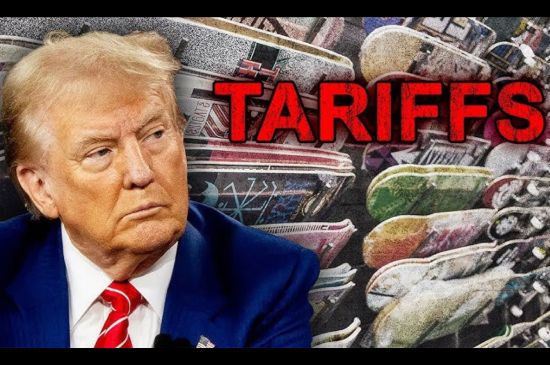
Skateboarding has always been about making the most out of what you’ve got.
From piecing together a setup with mismatched parts to skating crusty spots no one else touches, the culture thrives on creativity and resourcefulness.
According to reports, starting August 1, 2025, prices are going up so, skateboarders might have to get even more creative.
President Donald Trump confirmed in a public message that tariffs will be officially collected beginning August 1 on products imported from countries including Canada, Mexico, and China. That includes skateboards.
The move affects how boards and parts are brought into the United States, and it will ripple through every layer of the skate industry.
A huge chunk of skateboard decks are manufactured in Canada, especially the high-quality maple wood decks pressed in places like Quebec. Many completes, wheels, bearings, and accessories are produced in China. Mexico has also become a key location for assembly and lower-cost manufacturing. All of these are now affected by the new rules.
For distributors, this changes how they source products and plan inventory. They often import in large volumes and supply not only big online retailers but also the small local shops that form the backbone of skate communities. If distributors start paying more, those costs usually get passed down.
Independent skate shops are already operating on thin profit margins. When their wholesale prices go up, they are often stuck between eating the cost or raising prices on their customers.
Some shops might cut back on restocks. Others may start prioritizing smaller domestic brands or increase their focus on shop decks that are made locally. Either way, the shelves are going to look different over the coming months.
This shift could hit beginner skaters the hardest. If a basic complete setup suddenly costs twenty or thirty dollars more than it did a few months ago, it might discourage new riders from even stepping on a board. Skateboarding has always been about accessibility, and higher prices make that harder.
Brands that rely on Canadian woodshops are now facing a serious decision. They could look into moving production to the United States, but domestic manufacturing costs more and has limited capacity. Some brands might take the short-term hit, but most won’t be able to absorb it for long without making adjustments.
From a business perspective, everyone across the industry now has to rethink sourcing, pricing, and strategy. From a cultural standpoint, it puts pressure on the already delicate ecosystem of skate shops, crews, and communities that have kept the scene alive.
